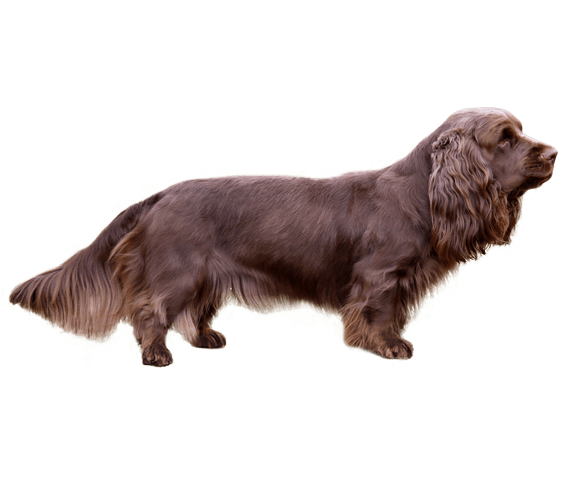Sussex Spaniel Breed Maintenance
The Sussex Spaniel requires regular grooming in order to maintain its wavy, feathered coat. Daily brushing is needed to reduce the risk of tangles. The Sussex Spaniel is a drool culprit and extra care should be taken with its coat to maintain hygiene. Bathing should be maintained between 6 to 8 weeks if necessary. This breed is not hypoallergenic and is considered an average shedder. The Sussex Spaniel does not have any significant smell but may become odorous if the coat is not kept clean due to drool. The nails of this active canine should be trimmed every 3 to 4 weeks to prevent overgrowth and injury. Ears should be wiped and cleaned weekly to remove debris and as well, teeth should be brushed regularly. The Sussex Spaniel is not considered high energy, but still requires daily exercise to maintain a happy, healthy lifestyle. Walks on a leash and play in the yard would make for an ideal activity. The breed would benefit from a warm environment and a fenced-in yard.






